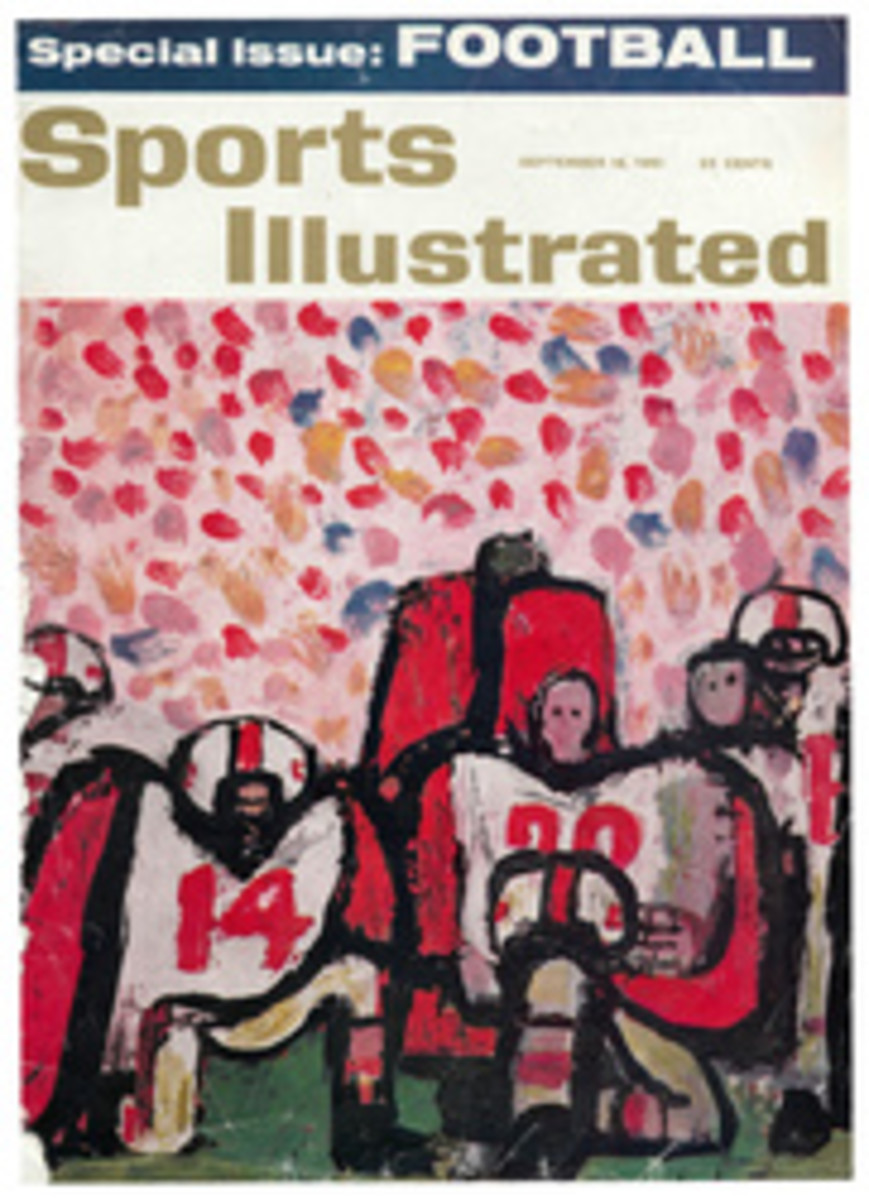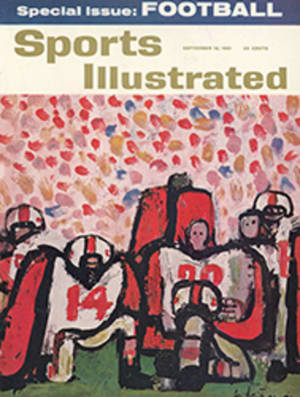
THE LAST RACE OF COUNT CRASH
Hopelessly out of control, the flame-red racing car triphammered a knot of spectators, flipped back onto the racecourse and was still. The race flowed on, but that convulsive moment in last Sunday's Italian Grand Prix was decisive, irrevocable. In it were realized the loftiest hopes and deepest fears of the American who is the world's new road racing champion. Phil Hill of Santa Monica, Calif. won the race and thus the championship. But Count Wolfgang von Trips, his teammate and rival for racing's greatest prize, lay dead, as did 14 spectators, and the sport of motor racing, already scarred by the dead of Le Mans in 1955, the Mille Miglia in 1957 and many others, had suffered another visceral blow.
Hill wept even as he received his laurels, for he had not known until then that Von Trips was dead. Into his tears went all the anguish of a moody, self-critical, sensitive man—a Hamlet in goggles and gloves—who has never been able to take racing serenely or coolly leave it alone. With Von Trips dead, it would now be said that Hill was champion by default. The tense Californian had it to do all over again.
For both Von Trips and Hill, the road to Monza had been a gantlet of tortures. The German, frail from birth, nagged by aristocratic parents to come home to his Rhineland castle and tend his estates, had stubbornly raced first motorcycles and then cars. He cracked up often—for which he was dubbed Count Crash.
But the hawk-nosed, blue-eyed count persevered. Maturity polished the ragged edges of his driving technique. By last year he was a full-fledged driver for Enzo Ferrari, the temperamental patriarch of Italian racing and builder of its only current Grand Prix cars.
Hill's tortures were self-inflicted. From the day he seriously went racing, in 1950, he was beset by doubt, yet driven by inner goads to excel. Rising through the ragged ranks of amateurs and polished overseas pros to star caliber, perfecting a marvelously sure touch in the great sports car races while waiting for a Grand Prix ride, Hill finally captured the racing world's esteem but not, somehow, his own.
His nervous introspection made him unpredictable off the course. One never knew whether he might speak with warmth and eloquence on racing or spit out a flat, abrupt phrase cutting an interviewer short. When in 1958 Enzo Ferrari promoted him from sports cars to Grand Prix racers his tenseness only increased. Sports car events, for the most part endurance races, are won by smoothness and simple stamina; the brutal man-to-man combat of the shorter Grand Prix makes harsher, more explosive demands. Lacking the killer instinct of a Tazio Nuvolari or the supreme technical mastery of a Juan Fangio—to name two Grand Prix immortals who preceded him—Hill as a Grand Prix man was often less than sure he was in the right business.
But 1961 found Hill the No. 1 Ferrari driver, with Von Trips a stride behind. (At least, so expert observers agreed; Ferrari himself did not name a team leader.) And 1961 would obviously be Ferrari's year. The choleric Italian had developed a racing engine vastly superior to those of his rival British and German builders. The only question remaining was which of his aces was to seize the championship.
Except for two race-winning raids by the British virtuoso Stirling Moss (SI, Aug. 28) in underpowered English Lotuses, Ferrari's pre-eminence was complete. Through the summer Von Trips and Hill dueled bitterly, ferociously, on the tracks of Monaco, Holland, Belgium, France, Great Britain and Germany. When the Grand Prix circus arrived at Monza last week, Von Trips led in the driver championship race by four precious points, 33 to 29. By winning now, Von Trips could clinch the title, even though the U.S. Grand Prix at Watkins Glen, N.Y. remained to close the season on October 8.
At Monza, Hill's taut nerves stretched to breaking; he qualified only fourth-fastest. "Everything's gone wrong with my car," he barked. "We may have to tear down the whole engine. I can't talk. I couldn't even be civil."
In fact, Hill had Ferrari mechanics work through the night, installing a new engine.
Safely placed on the pole, Von Trips was cool and relaxed. "We may be teammates," he said, "but one has to fight. I love fighting."
The fighting commenced on a hot, hazy day on Monza's peculiar road-plus-oval track course, etched in a tree-shaded park. Police struggled to control a huge crowd of festive Italians who, confident of a Ferrari victory, jostled to be near the fences as 32 low-slung, open-wheeled cars screeched into motion. Disaster struck early. Only one 6.2-mile lap of the 267-mile race had been run when Von Trips seemed to slow a bit while entering a curve. Lotus Driver Jimmy Clark bumped him from behind. Von Trips's Ferrari, speeding at upward of 130 mph, danced up against a guardrail, plunged across the track, into the helpless spectators and back to the track again.
Thus, in horror and despair, did Phil Hill become the first American ever to win the world championship.
"It all seems so unreal," said Hill. "It all seems so unreal."
PHOTO
COOL AND PURPOSEFUL IN HIS FERRARI DURING MONZA PRACTICE, COUNT VON TRIPS WELCOMED ANOTHER DUEL WITH HILL
PHOTO
THE CRUMPLED BODY OF VON TRIPS IS BORNE AWAY, HIS CAR DRAGGED OFF TRACK

